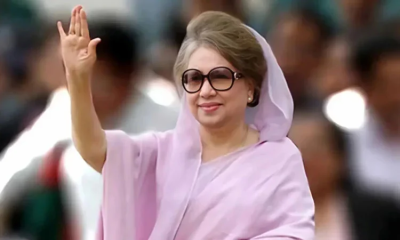Several countries including the developed, developing and underdeveloped nations have been struggling with record inflation in decades. In some countries, inflation is reported to be higher than expected.
The International Monetary Fund (IMF) has forecast that global inflation will rise to 8.7 percent this year.
In one of the largest economic nations Unites States, the inflation rate jumped to 8.6 percent which is a record in 40 years since 1981 while the UK inflation rate hits 9 percent which is also the maximum in four decades.
According to the US labour department, food prices rose by 10 percent and fuel prices by 34 percent in May compared to the same period last year. This has increased the overall inflation.
In wealthy countries like New Zealand, inflation has already risen to a 22-year high. Inflation in the country has now risen to 6.9 percent. Turkey seems to have surpassed all other countries in annual inflation with 73.5 percent, the highest in 24 years since 1998.
The inflationary trend is on the rise in almost all regions of Asia, including Indonesia, the Philippines, Thailand, Bangladesh, India, China, and South Korea.
Analysts say high inflation is deepening the various crises in people’s lives.
The crisis condensed more after the Russian invasion of Ukraine which triggered a shortage in the global oil market, a food crisis, an increase in transport costs and an interruption in the supply chain while the world was about the back on the post-Covid track.
The war in Ukraine has led to a hike in gas, oil and food prices in the international market which left countries, especially which are import-dependent, in the shabby.
In South Asia, Sri Lanka records the highest inflation rate 39.1% which many critics claim is a burden with Chinese debt. Among other countries, the inflation rate in Pakistan is 13.8 per cent, 7.79 per cent in India, 7.28 per cent in Nepal, 6.29 per cent in Bangladesh, 5.57 per cent in Bhutan, 1.56 per cent in Afghanistan and 1.2 per cent in the Maldives.






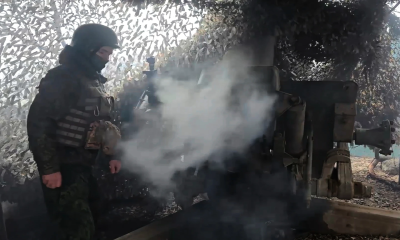

-20251231082350.webp)



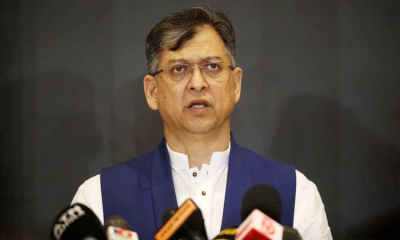
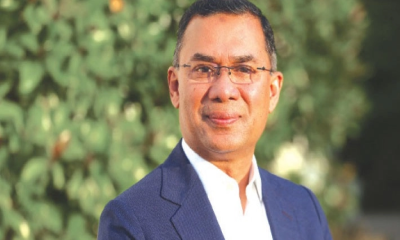

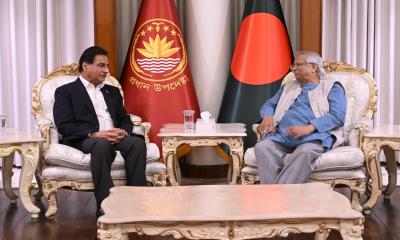

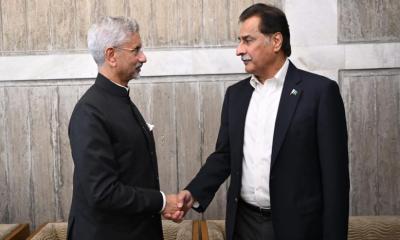
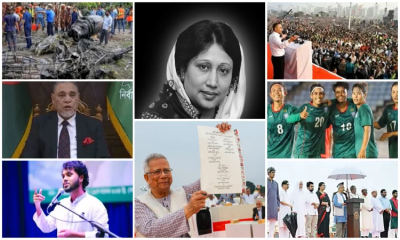


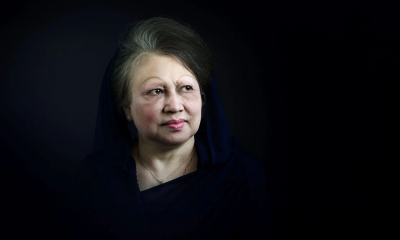

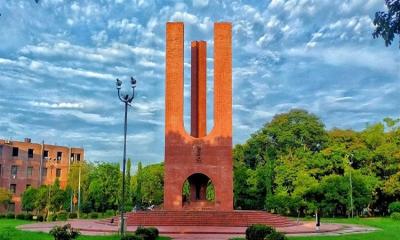
-20251227141313.jpeg)
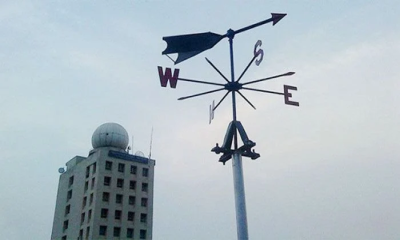
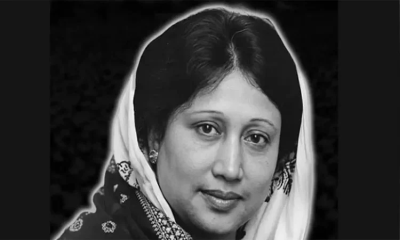

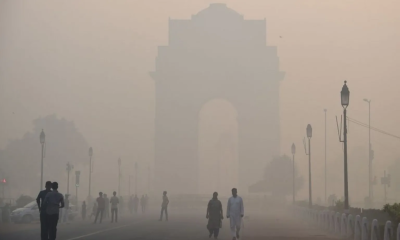
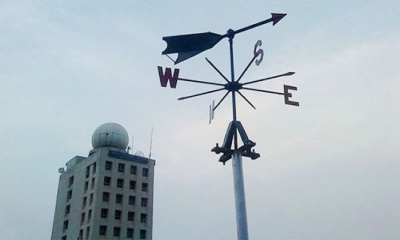

-20251229113834.jpg)

-20251228081840.jpeg)
